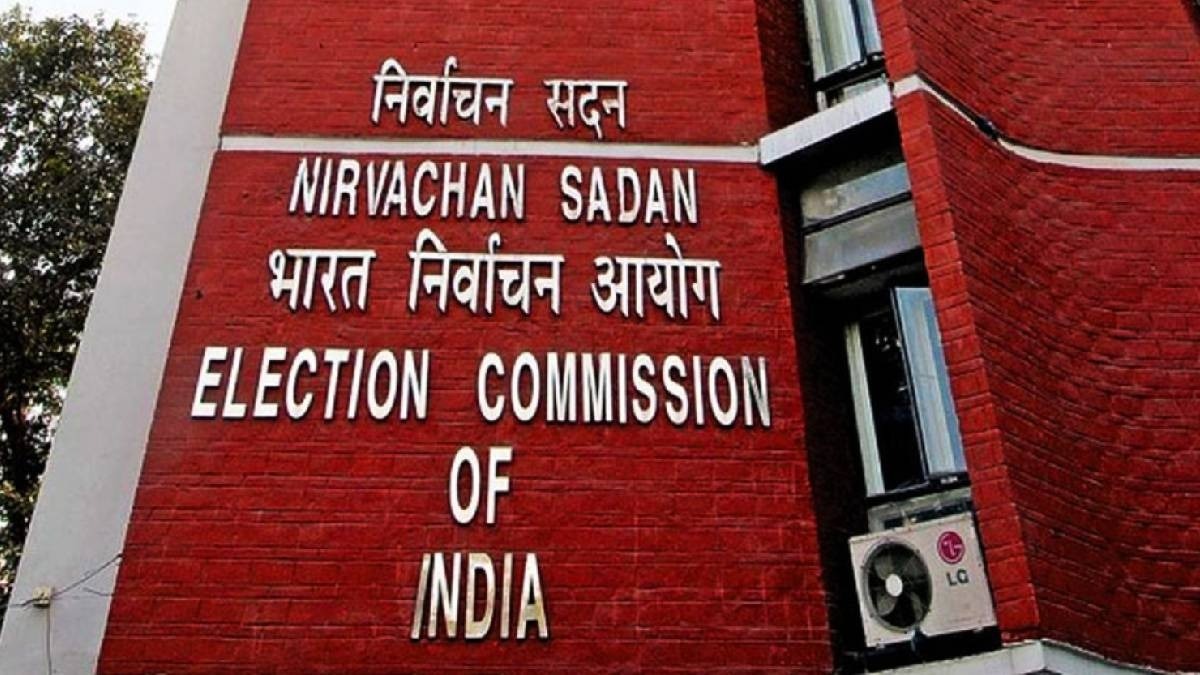
Cameras, courts and confidentiality: Inside Election Commission’s 45-day rule
How did your country report this? Share your view in the comments.
Diverging Reports Breakdown
Cameras, courts and confidentiality: Inside Election Commission’s 45-day rule
Voter privacy and security are paramount. Footage will not be released publicly except under court direction. Any violation of this confidentiality is a punishable offence, inviting imprisonment, fines, or both. Calls to make it public, although framed as transparency demands, are both misleading and dangerous. The Election Commission deploys video surveillance and webcasting extensively to uphold transparency and accountability throughout the election process. Recordings cover:Movement of voting machines on voting day.Activities inside and outside polling stations. The counting process and public rallies. The election process and the counting process after the election. The results of the election and the results of previous elections. The outcome of the elections and the outcome of subsequent elections. A “LIVE” version of Form 17A, a sensitive record maintained at polling stations that logs voter arrival order. The result of a “live’ version of Forms 17A is protected from public access and can only be examined under court supervision. Since video footage captures similar data, its public release without legal sanction is equally impermissible.
NON-NEGOTIABLE: VOTER SECRECY COMES FIRST – ECI
The Election Commission of India (ECI) has taken a firm stance:
It will not yield to political pressure.
Voter privacy and security are paramount.
Footage will not be released publicly except under court direction.
advertisement
Voter secrecy is a constitutional guarantee, protected under Section 128 of the Representation of the People Act, 1951. Any violation of this confidentiality is a punishable offence, inviting imprisonment, fines, or both.
ELECTION FOOTAGE: WHY IT’S STORED AND WHY IT CAN’T BE SHARED
Despite mounting pressure from political parties and advocacy groups, polling station footage will not be made public, sources within the Election Commission told India Today.
All video recordings related to polling are preserved for 45 days after election results are declared in line with the statutory window for filing an Election Petition (EP) under Indian law.
If such a petition is filed, the footage is retained until the legal proceedings conclude and may be submitted in court if ordered.
WHAT EXACTLY GETS RECORDED?
The Election Commission deploys video surveillance and webcasting extensively to uphold transparency and accountability throughout the election process. Recordings cover:
EVM checking and storage
Movement and transport of voting machines
Activities inside and outside polling stations on voting day
The counting process
Campaign events and public rallies
advertisement
This system allows the EC to track expenditures, ensure compliance with the Model Code of Conduct, and address any electoral violations effectively.
WHY PUBLIC SHARING OF THIS FOOTAGE IS PROBLEMATIC
Despite its critical role in election monitoring, this footage is not intended for public release. Calls to make it public, although framed as transparency demands, are both misleading and dangerous, the EC cautions. Key Risks Include:
Threat to Voter Privacy
Polling footage can unintentionally disclose:
Identities of voters entering booths.
Timings of individual votes.
Inferences about voter turnout or abstention.
Public access to such data can lead to:
Voter profiling
Targeted harassment or intimidation
Retaliation in areas with low or “undesirable” turnout
Sources in the EC stress that such risks strike at the heart of free and fair elections.
THE LEGAL SHIELD: SECRECY AND THE COURTS
Supreme Court Precedent: Right Not to Vote = Right to Privacy
In the landmark case People’s Union for Civil Liberties v. Union of India (2013), the Supreme Court ruled that:
Citizens have the right not to vote.
This right is covered under the right to privacy.
Even the act of abstaining from voting must be kept secret.
Identifying non-voters could expose them to coercion, pressure, or social discrimination, all of which are unconstitutional.
VIDEOGRAPHY = A “LIVE” FORM 17A
advertisement
Election footage effectively mirrors Form 17A, a sensitive record maintained at polling stations that logs:
Voter arrival order.
Electoral roll numbers.
Signatures/thumb impressions.
Footage from polling stations captures similar details, making it equivalent to a “live” version of Form 17A.
Under Rule 93(1) of the Conduct of Elections Rules, 1961, Form 17A is protected from public access and can only be examined under court supervision. Since video footage captures similar data, its public release without legal sanction is equally impermissible.
DANGERS OF MISUSE: A REAL POSSIBILITY
Making this footage publicly accessible can have severe consequences:
Political actors may identify and target voters who didn’t support them.
Voters may face harassment, inducement, or social pressure.
Clips can be edited or misused, fuelling conspiracy theories and misinformation.
To prevent such scenarios, the EC discourages footage retention beyond 45 days unless a legal challenge necessitates it.
WEBCASTING: MEANT FOR INTERNAL OVERSIGHT, NOT PUBLIC DISTRIBUTION
Webcasting serves as a real-time monitoring mechanism for the EC, helping prevent malpractice and streamline election logistics.
But its purpose is strictly internal.
If a court requires this footage during an election petition, the EC will provide it with full assurance that judicial processes also safeguard voter privacy.
Published By: Akshat Trivedi Published On: Jun 21, 2025
